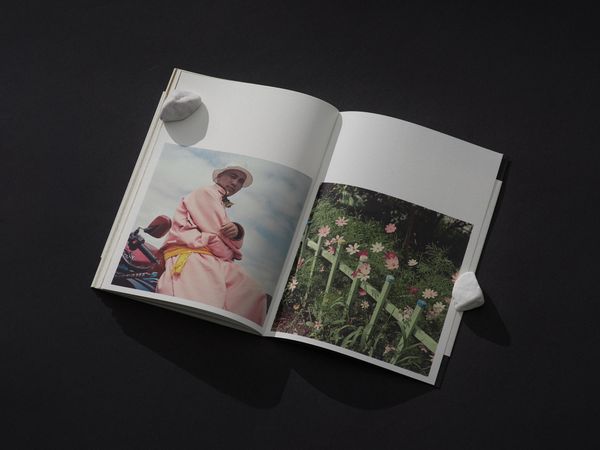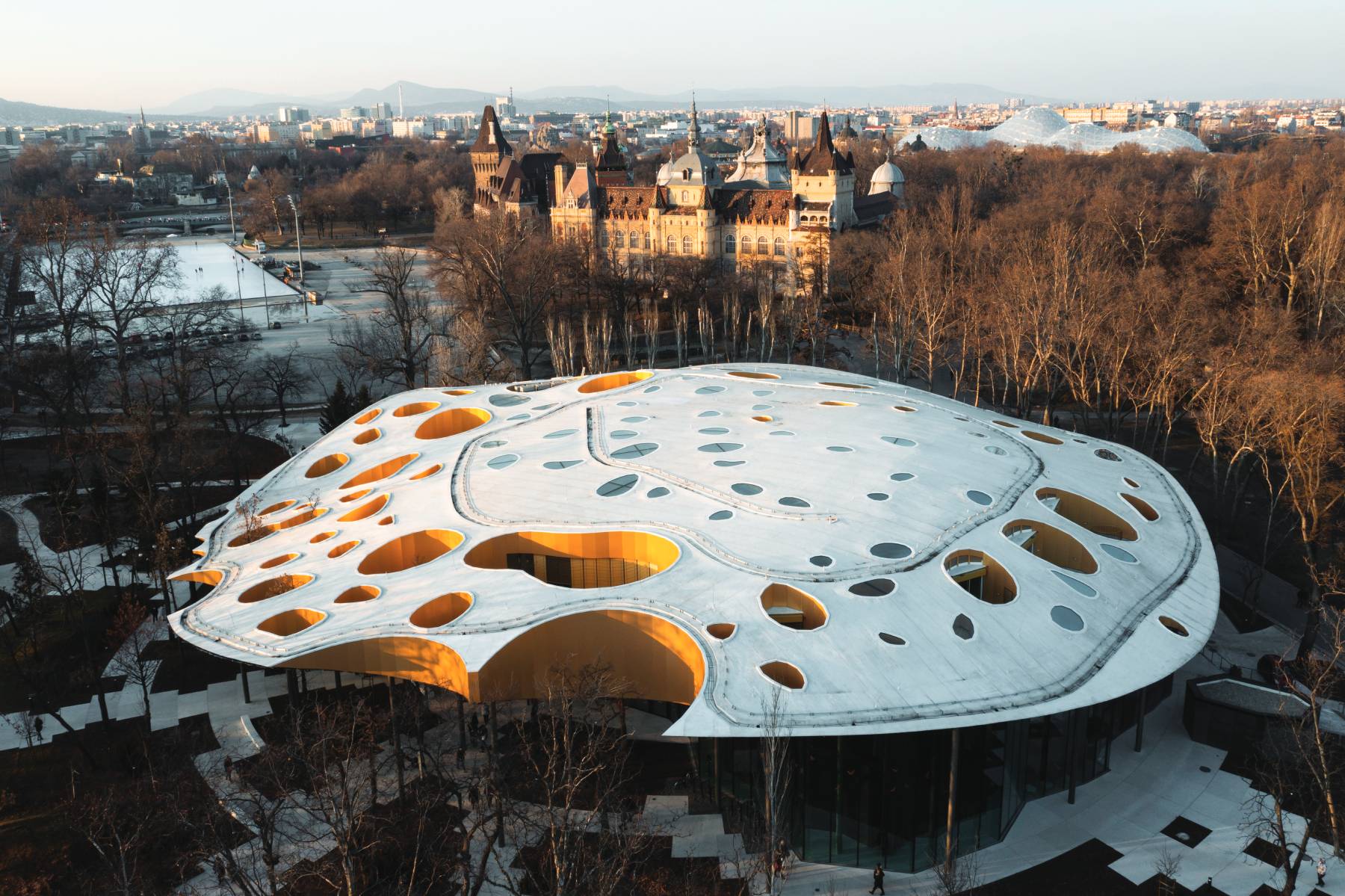„The forest is my background,” stated Sou Fujimoto in a previous interview a few years ago. The architect has always emphasised the importance of nature in Japanese society; and his architectural thinking is also based on the constancy and balance of the forest ecosystem which he has expressed in many of his past interviews and discussions.
This article was published in print in Hype&Hyper 2022/1.
Author: Zsuzsanna Molnár
Photos: Balázs Mohai
This is no different in the case of Fujimoto’s House of Music in Hungary, which almost melts into its surroundings—City Park—thanks to the architect’s sensitivity and respect for the environment and the history of the place. In his buildings, including the House of Hungarian Music, in addition to traditional building materials, light, air, and sound have also become elements utilised in his creations.
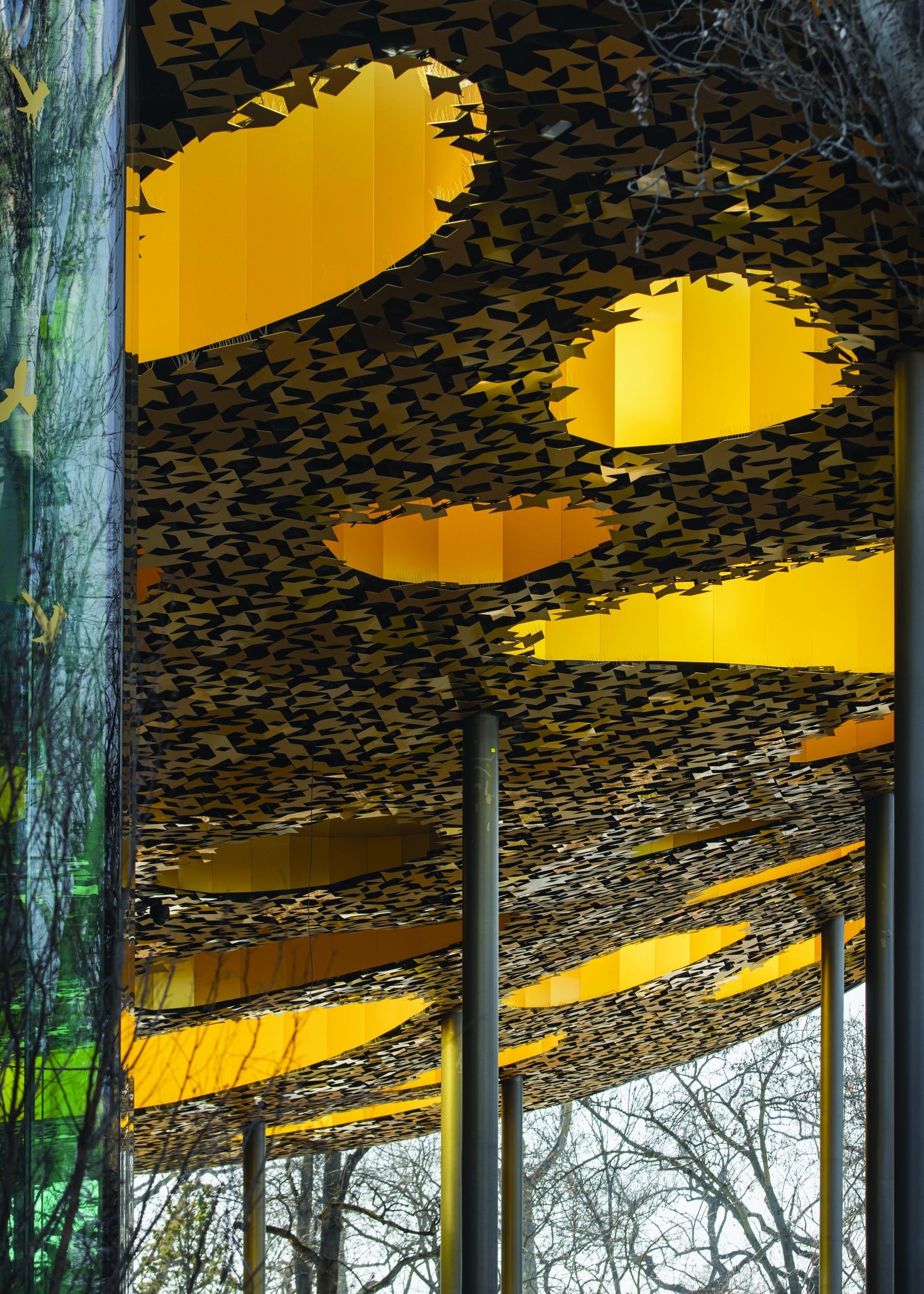
Fujimoto questions the artificially created boundaries in architecture, the distinctions between walls and windows, and the sharp separation of the inside and outside. In the House of Hungarian Music, these features are most strikingly addressed in the glass façade, completed by the design of the undulating roof structure that stretches beyond the building. The ceiling both indoors and outdoors, is covered with elements reminiscent of leaves; this unified visual effect reinforces the dissolution of the boundaries between inside and outside, and at times, even creating an optical illusion.
The roof structure, longitudinally extending beyond the building itself, creates a so-called “in-between space”—known as an engawa in traditional Japanese architecture. The engawa is an edging strip of flooring which runs between the space of a house and its garden, which Fujimoto uses in a contemporary way in his buildings.
The “in-between space” of the House of Hungarian Music not only helps prepare visitors to enter or slow down when leaving the building, but also deepens the relationship with nature by creating openings in the roof structure that provide a habitat for the trees that have been present in the same spot for decades. This “in-between space” also houses an open-air stage, where the audience can experience a unique setting to feel at one with nature within City Park.
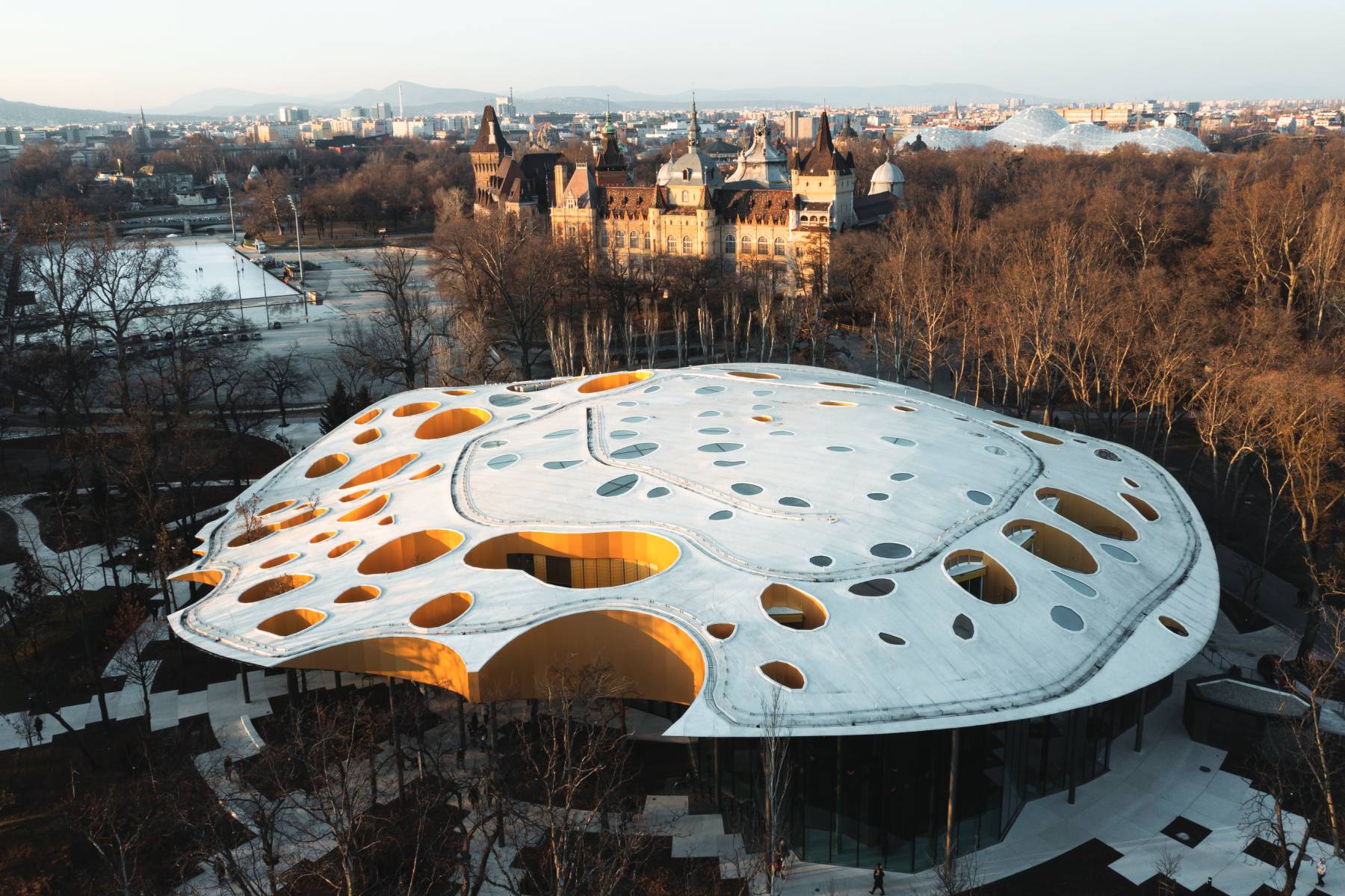
The upper level of the building extends into the roof structure, which gives the building its character, and this is where the offices, library and music education rooms can be found. Although the design makes these areas less in touch with nature—compared to the ground floor concert halls and service areas—the light wells and small terraces still manage to bring the environment closer. The lowest, underground level provides space for functions that do not require natural light, a sound dome and exhibition spaces.
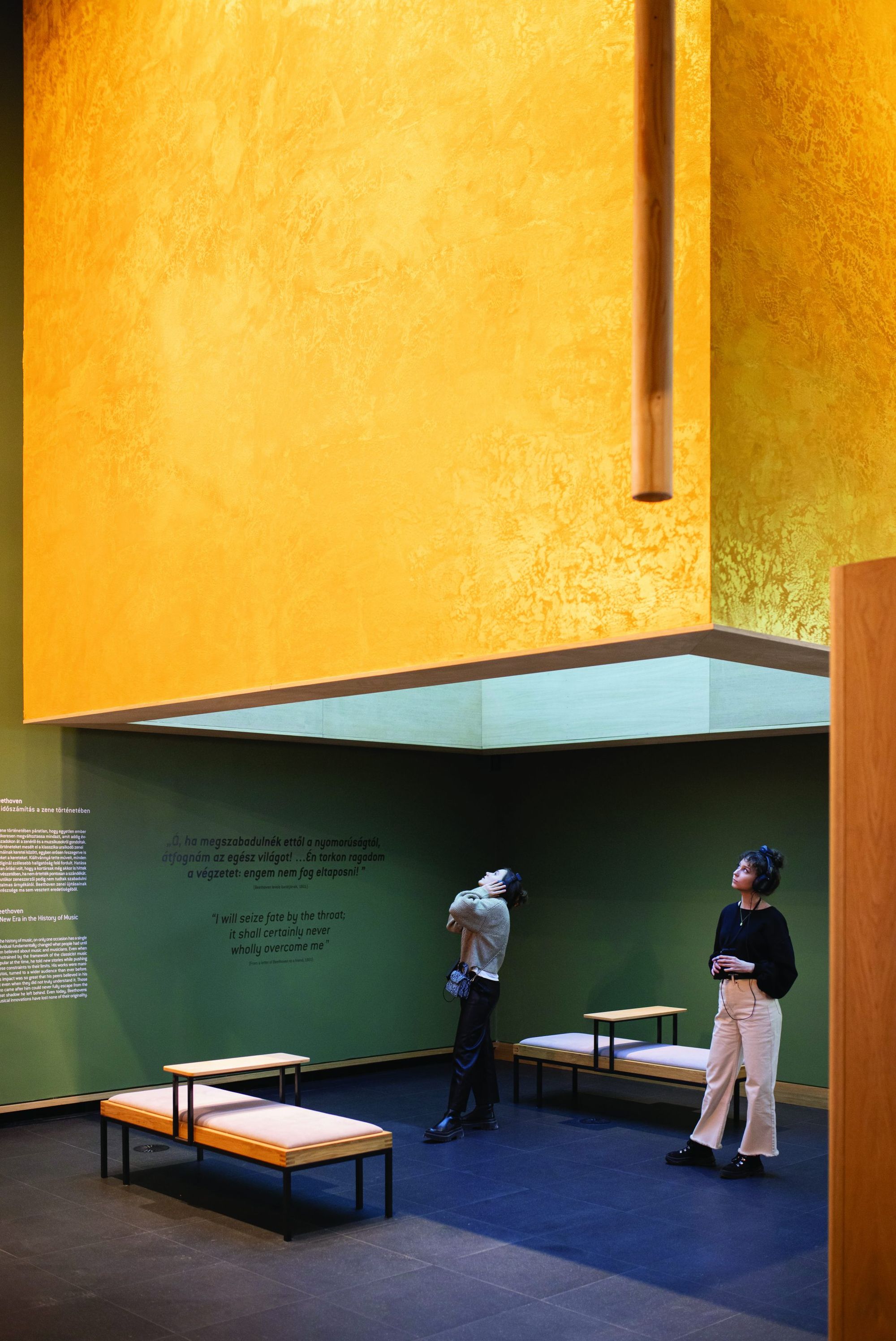
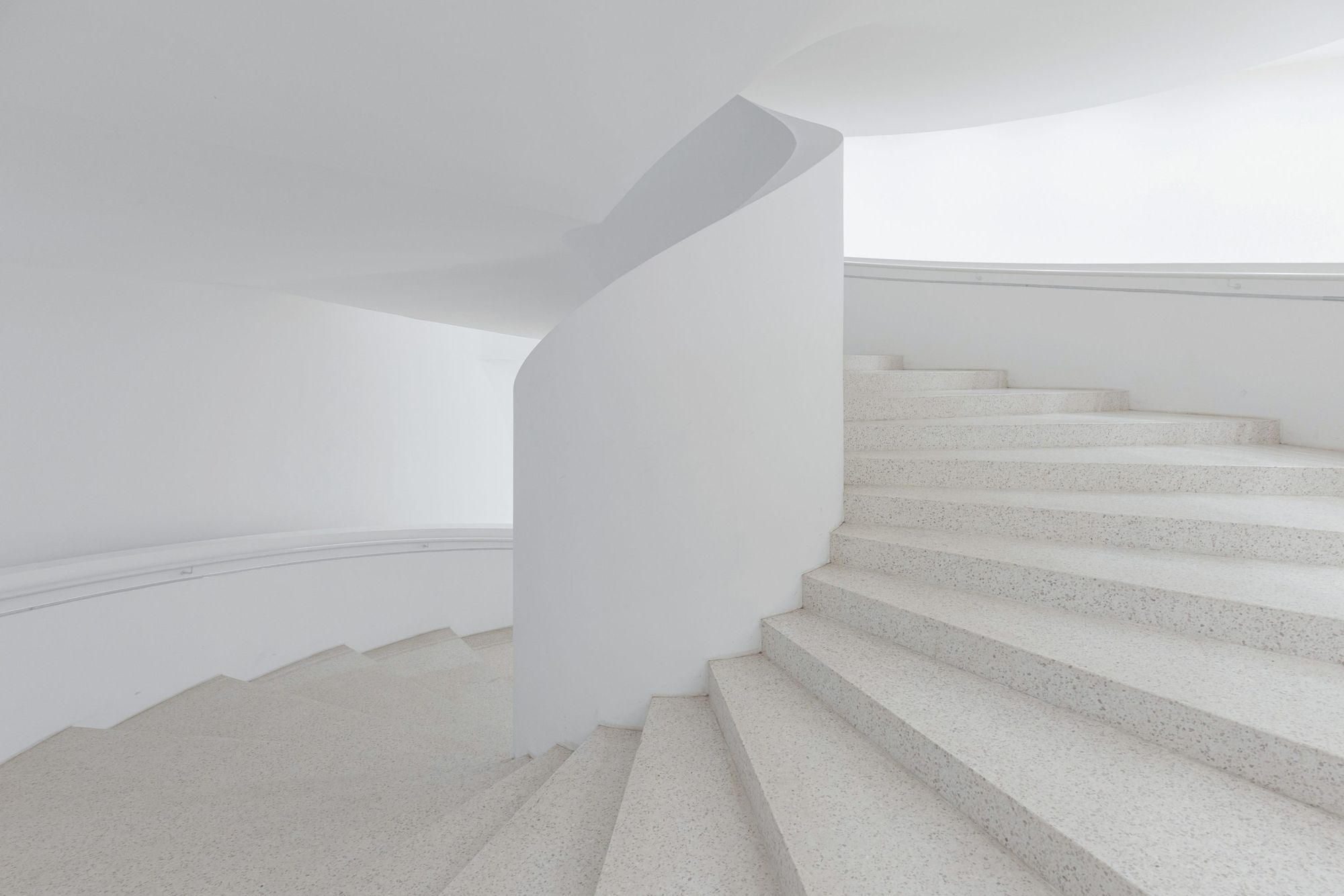
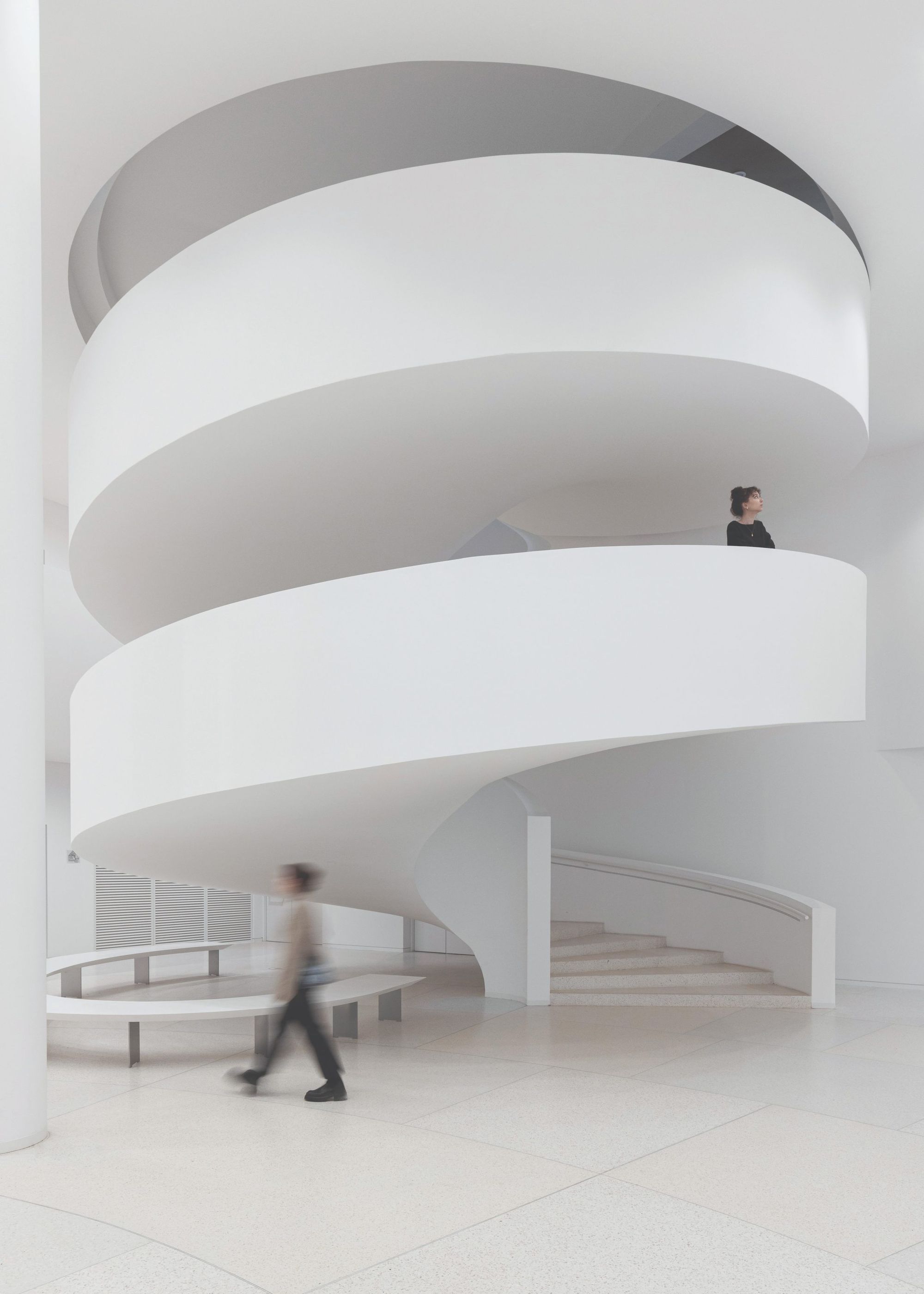
For the House of Hungarian Music to truly be alive, the building alone is not enough—it’s the programmes on show that must fill it with life. As Márton Horn, project director of the institution outlined, the House primarily serves an educational function, so performances in a wide range of musical genres are welcome, that are often a result of the collaboration between Hungarian and foreign performers, and at times performers from other art forms. Hopefully, the complex programme will connect to all visitors interested in music, the same way the building creates an active relationship between nature and the built environment.

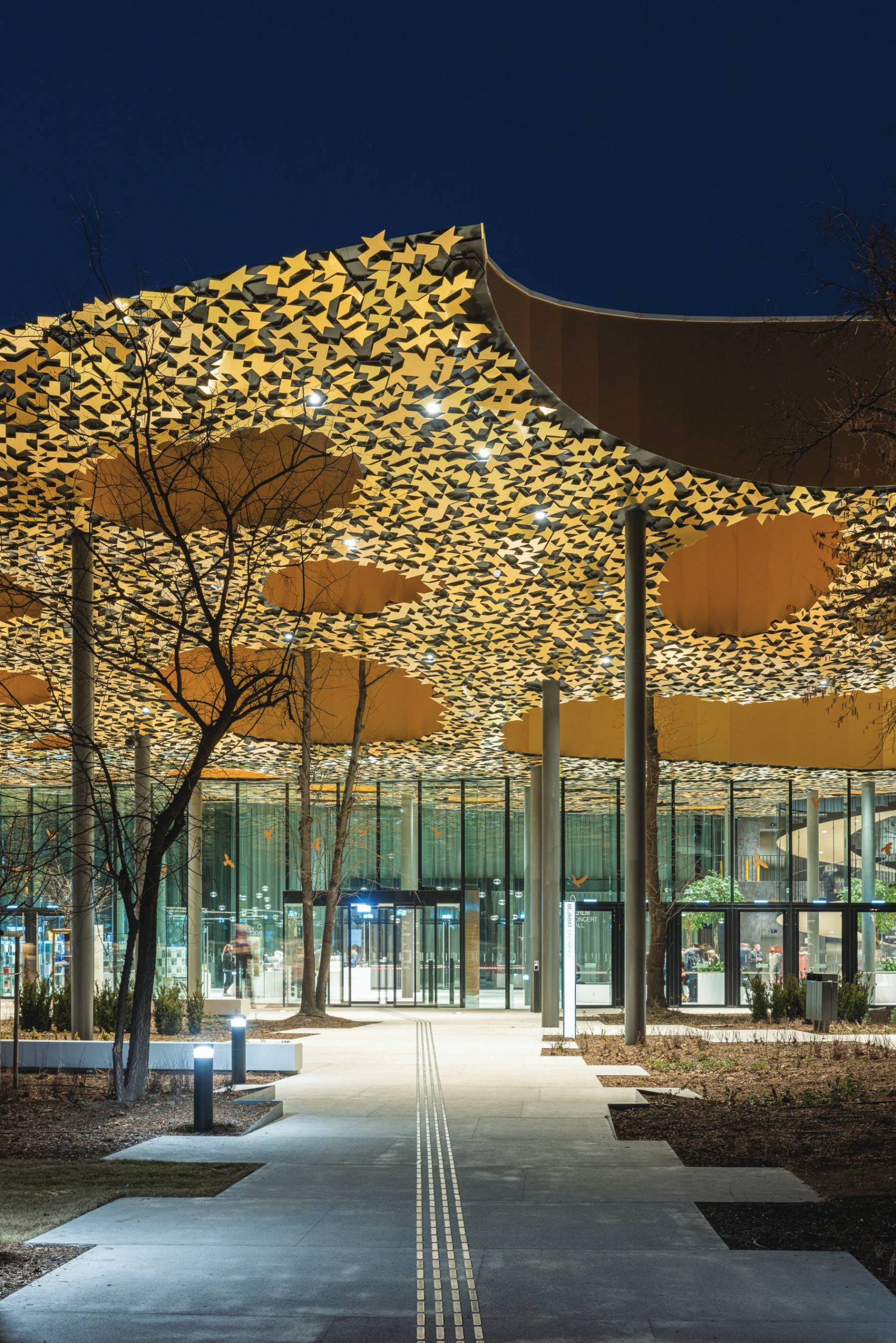
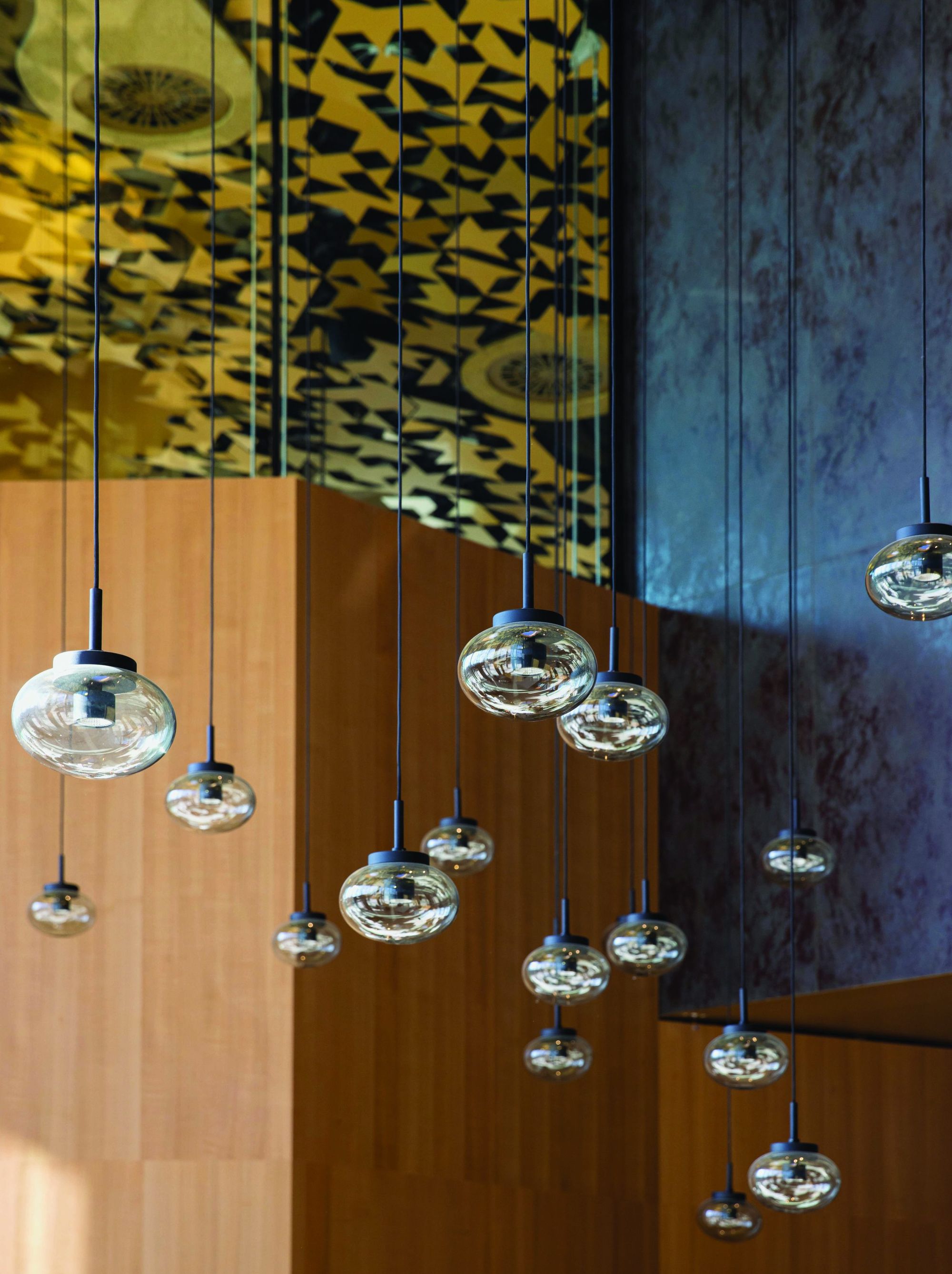
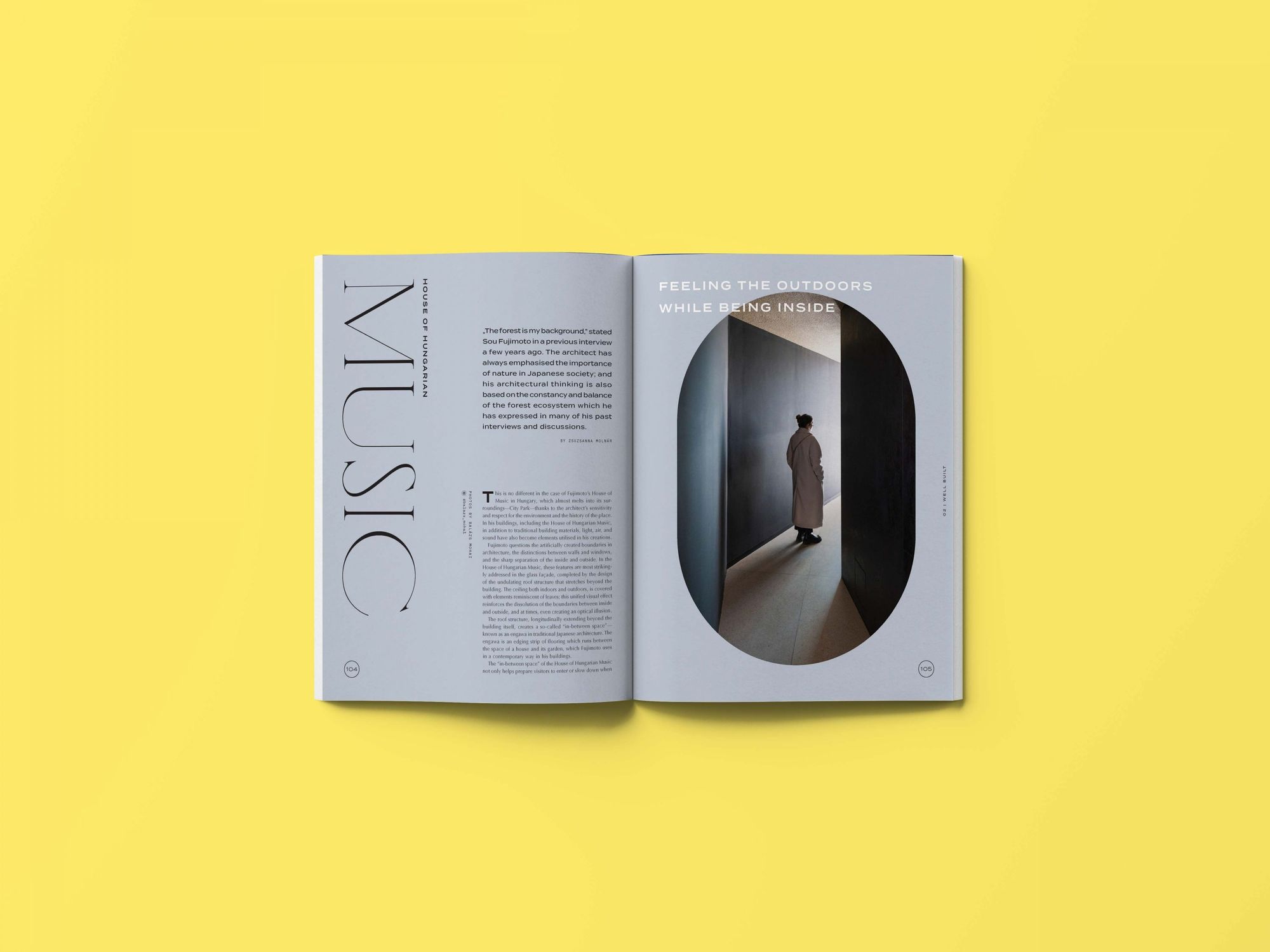
Prefer to read it in print? Order the third issue of Hype&Hyper magazine from our online Store!

How to attract masterminds from all over the world? | Analysis from the Silicon Valley

TASTE | Szabina Tomán
